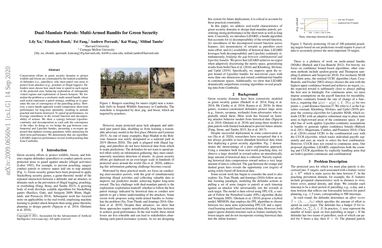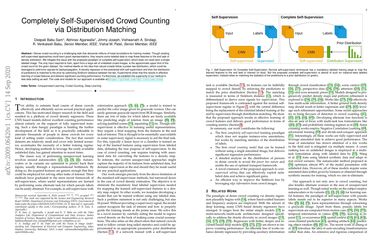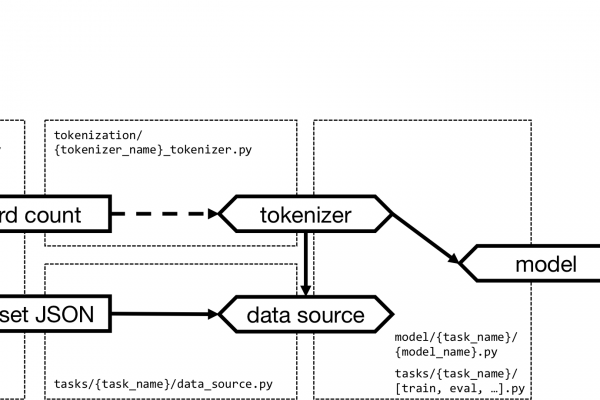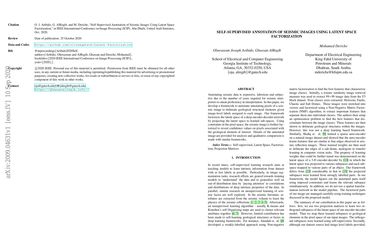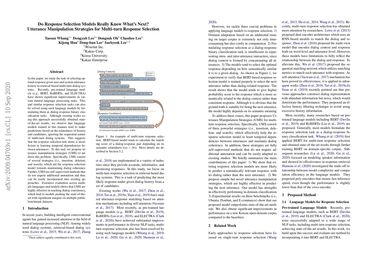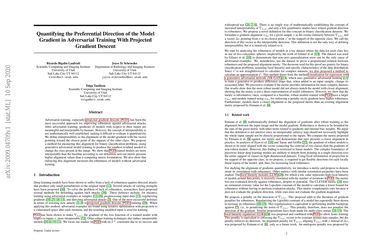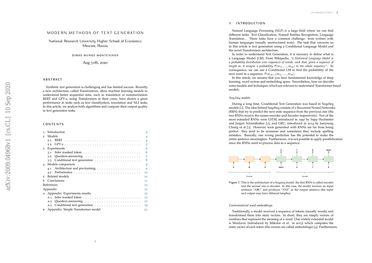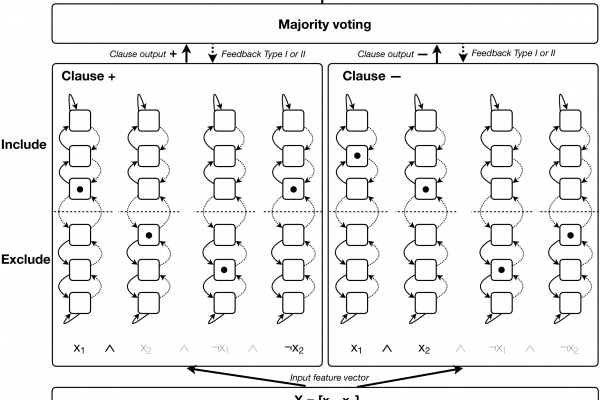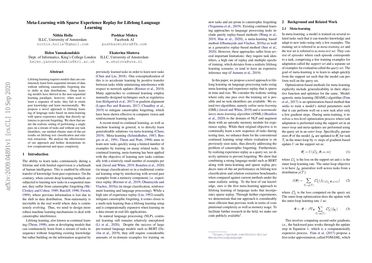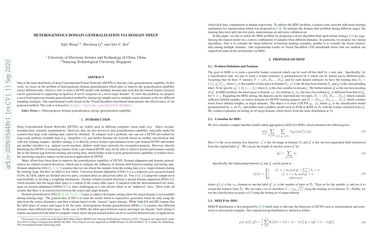Dual-Mandate Patrols: Multi-Armed Bandits for Green Security
Conservation efforts in green security domains to protect wildlife and forests are constrained by the limited availability of defenders (i.e., patrollers), who must patrol vast areas to protect from attackers (e.g., poachers or illegal loggers). Defenders must choose how much time to spend in each region of the protected area, balancing exploration of infrequently visited regions and exploitation of known hotspots… We formulate the problem as a stochastic multi-armed bandit, where each action represents a patrol strategy, enabling us to […]
Read more